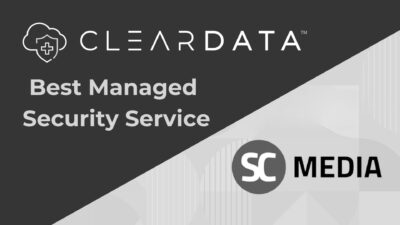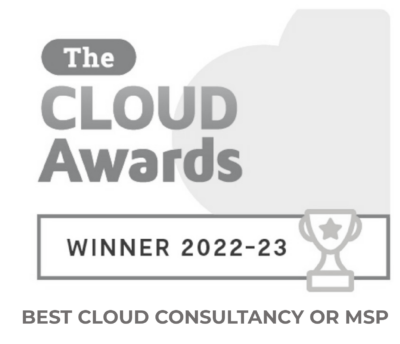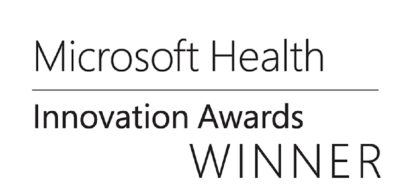Understanding GxP Regulations for Healthcare
GxP is a collection of quality guidelines and regulations created to ensure that bio/pharmaceutical products are safe, meet their intended use, and adhere to quality processes during manufacturing, control, storage and distribution.
What is GxP?
GxP was established by the Food and Drug Administration (FDA) and encompasses different standards recognized as:
- G – stands for “Good”
- P – stands for “Practice”
- x – variable depending on the application. It can be M for “Manufacturing,” C for “Clinical,” L for “Laboratory,” S for “Storage,” D for “Distribution,” R for “Review,” etc.
GxP ensures that regulated organizations comply with specific and secure manufacturing and storage processes and procedures that determine effective research standards for nonclinical laboratory trials and safe human-subject clinical trials. GxP’s guidelines focus on:1
- Traceability: The ability to reconstruct the development history of a drug or medical device.
- Accountability: The ability to resolve who has contributed what to the development and when.
- Data Integrity (DI): The reliability of data generated by the system. DI could be determined by the following activities:
- Identifying the data generated by the system during critical processes (data flow diagram)
- Defining the DI requirements (e.g., ALCOA data attributes) during the lifecycle of data
- Identifying the risks and mitigation strategies (e.g., technical or procedural controls) to avoid DI breaches.
Who is impacted by GxP?
Regulated industries, including food, pharma, medical devices, and cosmetics, are impacted by GxP. GxP guidelines and regulations are global; some of the popular regulators include FDA in the US, TGA in Australia, and HS-SC in Canada. GxP includes varied regulation sets, but the most common are GCP, GLP and GMP:
GCP (Good Clinical Practice)
GCP is an international quality standard that is provided by the International Conference on Harmonisation (ICH), an international body that defines standards that governments can transpose into regulations for clinical trials involving human subjects. It controls experimentation on humans done for the sake of advancement in medical sciences and serves as a quality benchmark as well as a moderator that keeps such experimentation in check.
GLP (Good Laboratory Practice)
GLP is the nonclinical counterpart for GCP. These guidelines apply to nonclinical studies conducted for the assessment of the safety or efficacy of chemicals (including pharmaceuticals) to humans, animals and the environment.
GMP (Good Manufacturing Practice)
GMP consolidates the practices required to conform to the guidelines recommended by agencies that control authorization and licensing for the manufacture and sale of food, drug and active pharmaceutical products. These guidelines provide minimum requirements that a pharmaceutical or a food product manufacturer must meet to ensure that the products are of high quality and do not pose a risk to the consumer or public. Good manufacturing practices, along with good laboratory practices and good clinical practices are overseen by regulatory agencies in the United States, Canada, Europe, China and other countries. The most common GMP guidance documents are:
- EU Good Manufacturing Practice (GMP) Guidelines, Volume 4
- US FDA current Good Manufacturing Practice (cGMP) guidelines: 21 CFR Part 11, 210, 211 and 820
- WHO Good Manufacturing Practices for pharmaceutical products, Annex 4 to WHO Technical Report Series, No. 908, 2003
Partial GxP readiness checklist
Partner with a healthcare expert/managed service provider to address the following items:
- Define Quality System Regulation (QSR) gaps
- If applicable, discuss how to perform a Computer System Validation (CSV)
- Ensure that the following controls and procedures are implemented:
- Backup and recovery
- Contingency plan
- Disaster recovery
- Change control management
- Configuration management
- Error handling
- Maintenance and support
- Corrective measures
- System access
Prepare for your GxP Validation Process:
- Decide which GxP guidelines apply to you
- Decide how your technology maps to GxP guidelines
- Define user requirements
- What are your user needs?
- Functional specifications
- What will be automated?
- Solution analysis
- Validation of your system
- Build and construction
- System detailed design specifications
- System test procedures
- Quality review
- Implementation
- Preparation
- Data migration (legacy systems)
- Production
- Roles and responsibilities
1. Pharmaceutical Computer Systems Validation: Quality Assurance, Risk Management and Regulatory Compliance, 2016
Credentialed. Celebrated. Certified.





